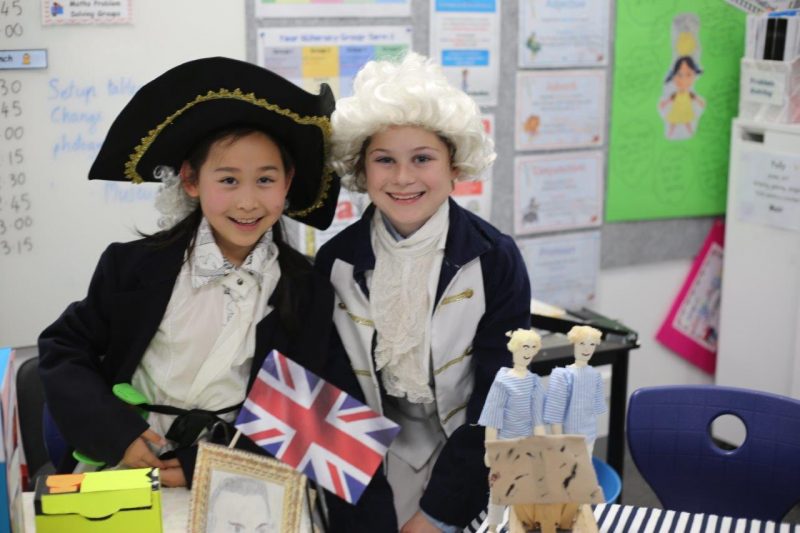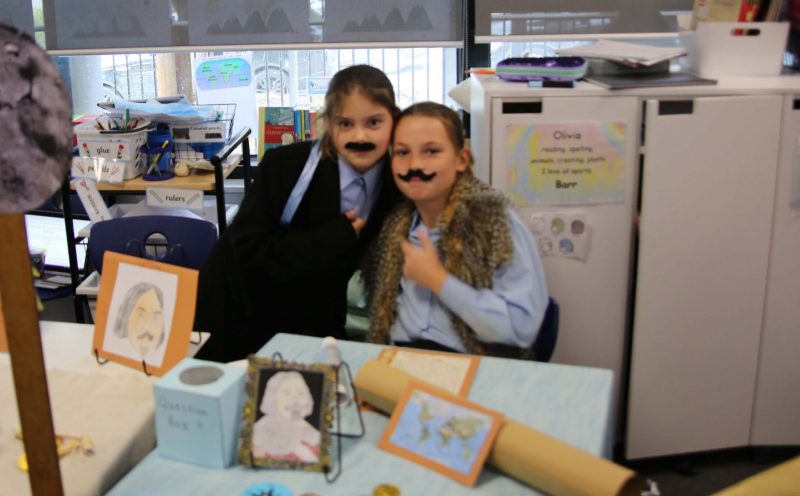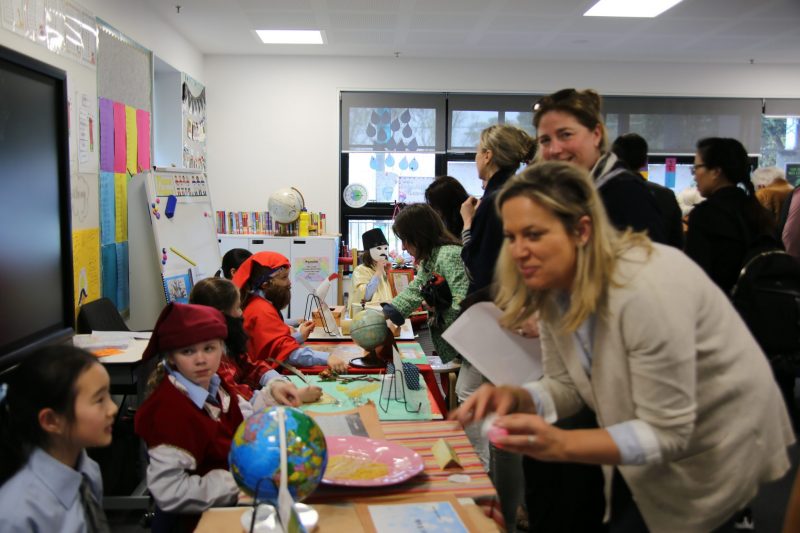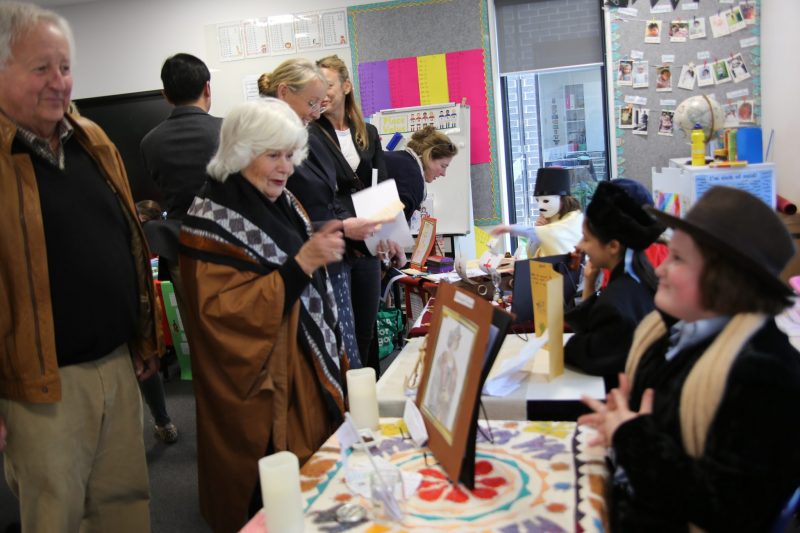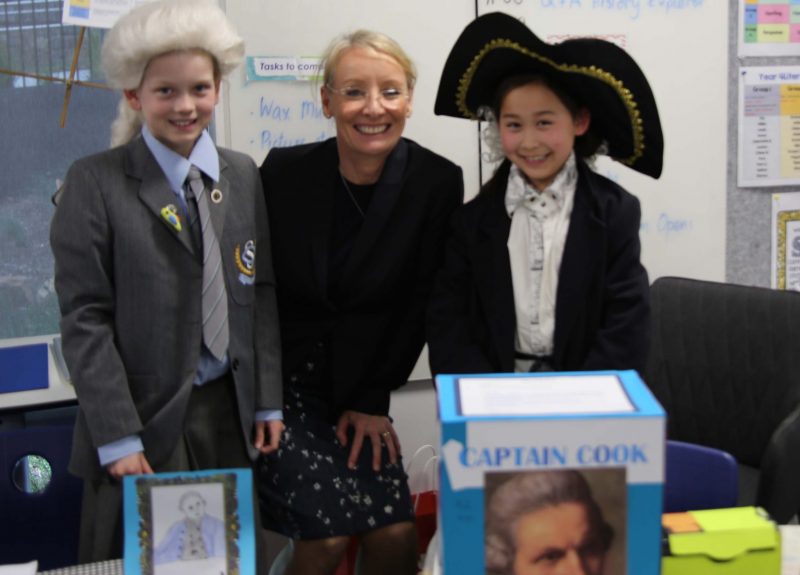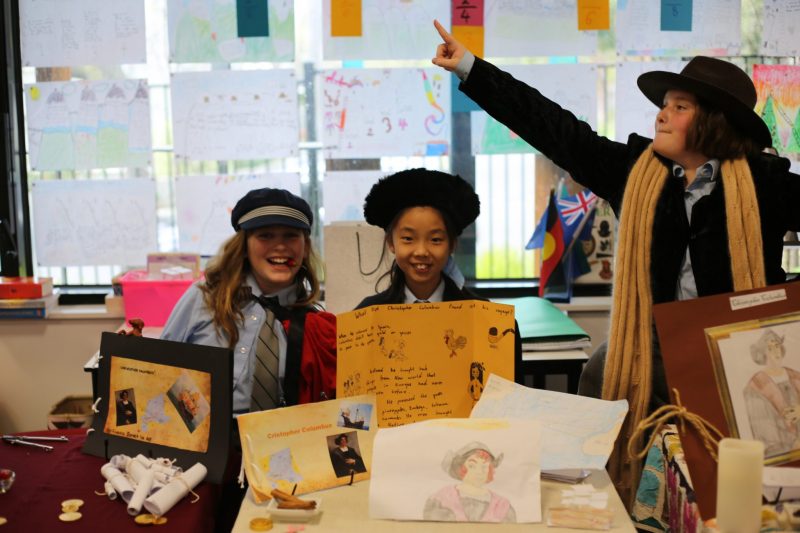Farewell and Congratulations to Ms Catherine Samuel
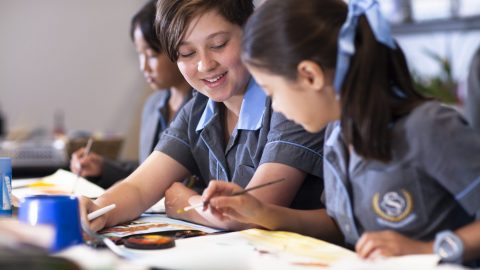
We congratulate Ms Catherine Samuel on her appointment as Head of Junior School at The Knox School. She commences her headship there beginning Term 4 this year. While we are delighted for her, and know she will be a valued asset at her new school, she will be sadly missed at St Catherine’s. In her short time at St Catherine’s, she has contributed greatly, setting up systems and  curriculum, much of which goes unseen by students and parents but is highly valued and appreciated by staff. She also stepped into the Acting Head of Junior School role during Mrs Moor’s accident and recuperation, highlighting her leadership skills and ability to step up into the role.
curriculum, much of which goes unseen by students and parents but is highly valued and appreciated by staff. She also stepped into the Acting Head of Junior School role during Mrs Moor’s accident and recuperation, highlighting her leadership skills and ability to step up into the role.
Ms Samuel has the wonderful ability to draw students to her and she is quick with a smile and a joke, qualities which endear her to the students. I know they will miss her.
On a personal note, I would like to thank her for making me feel so welcome at St Catherine’s and for helping me settle into the School. I will always value the time we spent together in leading Barbreck and wish her every success in her new role.
New Appointments
The Junior School has made two internal appointments who will share the Deputy Head role:
 |
Mr Luke Russell: Deputy Head of Junior School – Organisation and Wellbeing |
 |
Mrs Courtney O’Brien: Deputy Head of Junior School – Teaching and Learning. |
We congratulate Mr Russell and Mrs O’Brien on their appointments and know they will work hard to achieve the best for our School, students and staff.
Mr Russell and Mrs O’Brien will continue taking their classes four days per week, with a day dedicated to their role. Their other days will be taken by Mrs Jess Easton. Mrs Easton is a well known staff member, valued by many St Catherine’s families as an experienced primary teacher. She is returning part-time from maternity leave.
Motivating Students with Rewards – The Pros and Cons
 Motivation plays a big part in how well a student achieves and can be defined as the ‘drive or desire’ component in doing or achieving something because a student wants it or sees that there is some value in it. Without the ‘drive or desire’, there is no motivation for students and results are likely to be poor.
Motivation plays a big part in how well a student achieves and can be defined as the ‘drive or desire’ component in doing or achieving something because a student wants it or sees that there is some value in it. Without the ‘drive or desire’, there is no motivation for students and results are likely to be poor.
There are two types of motivation: intrinsic and extrinsic. Intrinsic motivation is the ‘desire to do or achieve something because one truly wants to and takes pleasure or sees value in doing so. Extrinsic motivation is the desire to do or achieve something not so much for the enjoyment, but because it will produce a certain result.’ (Centre on Education Policy, 2012) Rewarding children for doing or achieving something falls into the latter definition of ‘extrinsic motivation’.
Rewards: Pros
- Results are achieved when there is no desire by a student to do the task other than for the reward – e.g. cleaning the garage.
- Praise, as a reward for effort and hard work that bring about an attainable achievement, reinforces a growth mindset – ‘I can see you put a lot of effort into that!’
- Good for achievable short term goals – students get quick rewards and quick acknowledgment of their success.
- When a student feels they have some control over the outcome. Rewarding a behaviour needed for success – e.g. rewarding students for reading books leads to better comprehension skills
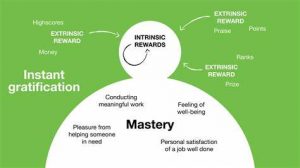 and knowledge. In this instance, a student had control over the outcome.
and knowledge. In this instance, a student had control over the outcome.
Rewards: Cons
- Students are expected to do the work for the promise of a reward that is delayed or difficult to grasp.
- Rewards rely on a student’s:
- Ability to complete the task.
- Belief that they can do the task.
- Interest in doing the task.
- Ability to see the value of the reward – better marks, social rewards, a sense of belonging, approval.
- They are short term and do not often transition to long term behaviours or practices.
- They need to change to meet the changes in the student over time and often increase over time – what starts off as a few dollars in Year 1 could quickly turn into substantial amounts by Year 6 and beyond.
- They can create a culture of only doing something if there is a reward.
- When a student does not achieve and there is no reward, they lose the reward. They see effort as being wasted rather than rewarded; this becomes a fixed mindset rather than a growth mindset. We need to make sure that the goal is attainable and there is also reward for effort.
- ‘Encourages a compliance mentality and decreases intrinsic motivation.’ (Centre on Education Policy, 2012)
- Praising intelligence rather than hard work and effort leads to students not accepting or being fearful of challenges – what will happen if they accept the challenge and do not succeed? They will not be praised for being intelligent therefore they begin to avoid harder more challenging work and accept only learning they know they can achieve – leading to little progress in learning long term.
As you can see, when thinking of using rewards for motivating children, it is important to carefully consider all factors, both in terms of their short and long term impact.
Reference:
Ms Karen McArdle, Head of Junior School
Year 4 Age of Exploration Wax Museum
Last week, the Year 3 students were invited to visit the Year 4 cohort’s ‘Age of Exploration Wax Museum’. This provided our students with the opportunity for conversations and cross age learning. The Year 4 students were able to practise and reinforce their skills as they taught them to the younger students as mentors and experts. The Year 3 students were excited to see what the Year 4 students had achieved through their research tasks and left full of new knowledge, ideas and inspiration for their own investigations next year.
Back in their own classroom, the Year 3 students completed a thinking routine titled ‘Headlines’. This routine draws on the idea of newspaper-type headlines as a vehicle for summing up and capturing ‘the most important aspect that was remembered’.
Below are some Year 3 headlines and observations about the Exploration Wax Museum:
Finer, Fabulous Details Recorded Through a Portal in Time
Year 3s and Year 1s buddied up so they could peer through a portal in time. The portal showed the 15thto 19thcentury. The event was the Year 4 Wax Museum and we entered to find out some facts and new ideas. By the end of the expedition our heads were full! – Annika Gill.
Fun, Fantastic Facts
Once I had walked into the Wax Museum and I went to the first explorer, I was already drawn in by the fun, fantastic facts. It was so interesting to hear what the explorers had to say and I cannot wait to do it next year. I was especially drawn in by the Captain Cook facts because he described them and made them clear so you could understand them. – Amelie Favaloro.
Mind Blowing Magnificent Costumes!
On Friday 13 September, we went to the Year 4 Wax Museum. The part that stood out for me was the costumes. There were beards, moustaches, wigs and many props. I have lots of amazing ideas for next year. I think I will choose Captain Cook. – Isla Rosenberg.
Excellent Explorer Experience
Breaking news! The Year 3s have just had the time of their lives at the Year 4 Wax Museum. There were so many amazing explorers, from the 1400s to the 1800s, who knew so many facts. When I went to the very first explorer, I knew that they had put in a lot of effort with their work. – Isabella Jamieson.


